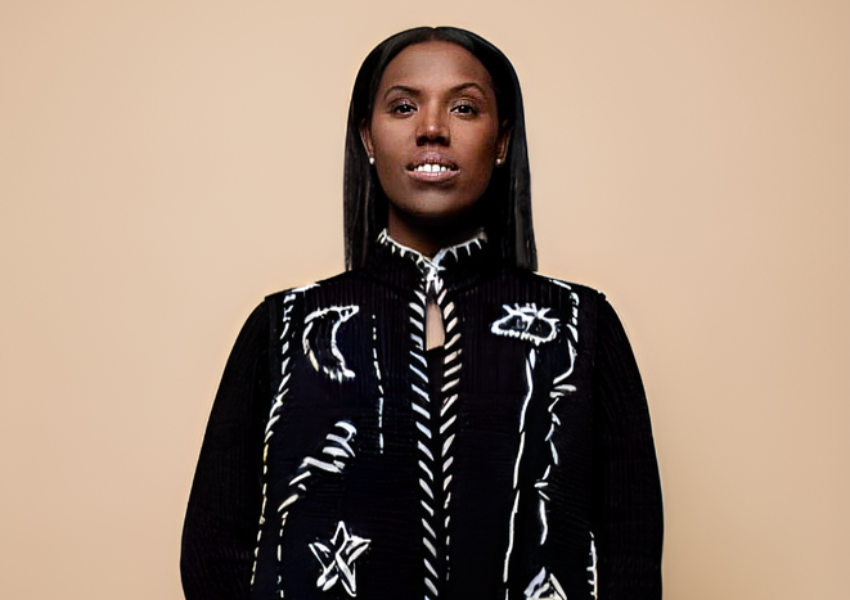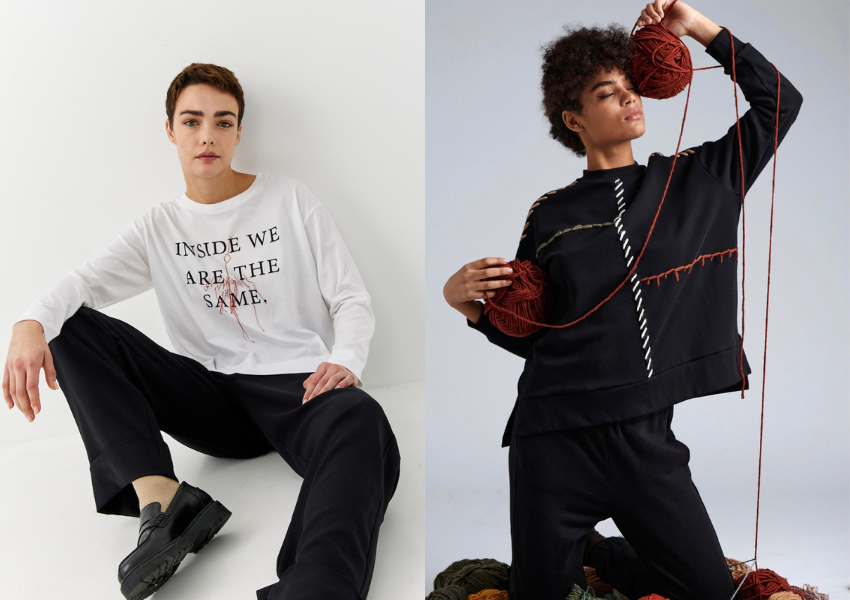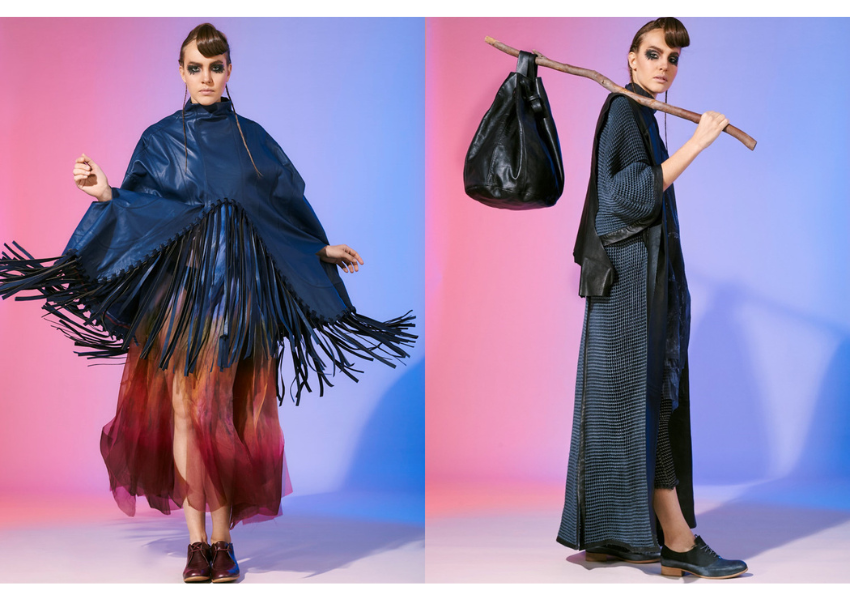Respecting Culture and Place With Ethiopian-Israeli Designer Michal Mangisto
The head of AKAL fashion house weaves personal narratives and a sense of belonging into her designs
Published Mar 23, 2023

Michal Mangisto
COURTESY AKAL.COM
In this interview, curated by TLVstyle’s Galit Reismann, designer Michal Mangisto shares what “home” means to her. Her work sheds light on the value of personal relationships associated with home in the State of Israel in late 2022 – early 2023, and how her perspectives translate into practice through her work.
Galit Reismann: What does “home” mean to you?
Michal Mangisto: Home, belonging, and family have always been temporary terms for me. In my graduation project, I researched the act of roaming and transitioning from one place to another, through animal and human behavior. Since then, through my growth as a designer, I’ve found that this sense of belonging guides me. I continue to explore the connection to my current home and to the place from where I come, through textiles and traditional craftwork. The raw materials tell the story of my memories and my nostalgia.
In my first collection, I used yards of fabrics, designed in circle-shaped patterns. The purpose was to create a shelter or a place of comfort for the roaming person. The unique design represents a wandering character from my past, referring to something that no longer exists, but has left its mark during transition.

COURTESY RONI CNANNI
Reismann: How did AKAL come to be?
Mangisto: AKAL House was established in 2018 and was first introduced to the world of fashion at the Tel-Aviv Fashion Week 2019 runway show. I choose the name AKAL because it is deeply symbolic and attached to me, as it is the name of my mother. In Amharic, it means “soul in my body.”
I chose to connect to my memories from life in Ethiopia. As a fashion designer, I feel that the value of my creations can be personal, and I found my own story within the feeling of my childhood the right way to preserve the beautiful aesthetics and skills of traditional Ethiopian embroidery.
I grew up in an artistic environment where handicrafts were part of our daily routine. Together with my mother and the women of the village, we would get up and head to the endless cotton fields in the province of Gubia in Ethiopia, picking the cotton and weaving on a loom, enhancing traditional white dresses with colorful fabrics in patterns made from our imagination.
Akal’s timeless collection consists of designs in which each garment tells a story and has a personal identity: an identity that speaks of longing and exile, as well as the search for an anchor within the identity which can be found in handicrafts. It is an unconventional and captivating mix, similar to the carefully selected fabrics of the pieces of the collection.

Reismann: How do you see your role as a fashion designer in Israel in 2023?
Mangisto: AKAL does not give up the supreme value of fair employment through social action, which integrates talented women from the Ethiopian community of all ages. I see my role as someone who can leverage the support in women’s community and allow them to create beautiful embroidered designs on canvas sheets that tell a story about the garment, while allowing them to be notable members of Israel’s creative working society.
This is my main agenda for designers in 2023: to be authentic and create slow fashion that respects its culture and place, and allows it to shine thought the global sphere.

COURTESY MICHAL MANGISTO
Explore more of Michal’s work by visiting the AKAL website.
Galit Reismann is a cultural entrepreneur and female executive, combining her passion for fashion and connection to Tel Aviv.
Reflections
Your home
Where or when do you feel most at home in the world, and why?
Ethiopian embroidery
Handcraft that is characterized by colorful embroidery, shades, and geometric shapes, expresses the embroiderer's inner world. Its purpose is to allow the embroiderer to leave a mark. In Israel, Ethiopian women have continued to practice this craft. How does craft preserve culture?
Cotton
Traditional Ethiopian fabrics are made of woven cotton fabric, shemma, which is woven by hand. It takes about two to three weeks to weave enough fabric for one dress. Today, cotton is considered common and the preferred raw material for the production of fabrics and textiles, yet there are references from ancient times that cotton was grown in Peru, Mexico, and India already thousands of years ago.
Did you know that cotton is also mentioned in Jewish literature? In the Mishnah (Klaiim), it is a plant called "grapevine", and according to various interpretations, it is the cotton plant we know today. Reflect on this. What thoughts does this bring up for you about the relationship between the ancient world and today?
Want more?
Get curated JewishArts.org content in your inbox


